Which professions are paid too much given their value to society?

Many jobs have spillover effects on the rest of society. For instance, the value of new treatments discovered by biomedical researchers is far greater than what they or their employers get paid, so they have positive spillovers. Other jobs have negative spillovers, such as those that generate pollution.
A forthcoming paper, by economists at UPenn and Yale, reports a survey of the economic literature on these spillover benefits for the 11 highest-earning professions.
There’s very little literature, so all these estimates are very, very uncertain, and should be not be taken literally. But it’s interesting reading – it represents a survey of what economists think they know about this topic, and it’s surprisingly little.
Here are the bottom lines – see more detail on the estimates below. (Note that we already discussed an older version of this paper, but the estimates have been updated since then.)
We calculated mean income for 2005 in an earlier article. We increased income by 30% to account for nominal wage growth since then.
The paper uses the expressions spillover and ‘externality’. An ‘externality’ is a technical term for a ‘cost or benefit that affects a party who did not choose to incur that cost or benefit.’ The authors of the paper call it an ‘externality’ when someone who buys a service does (or does not) benefit after taking account of the cost of purchasing it. This is a nonstandard usage,


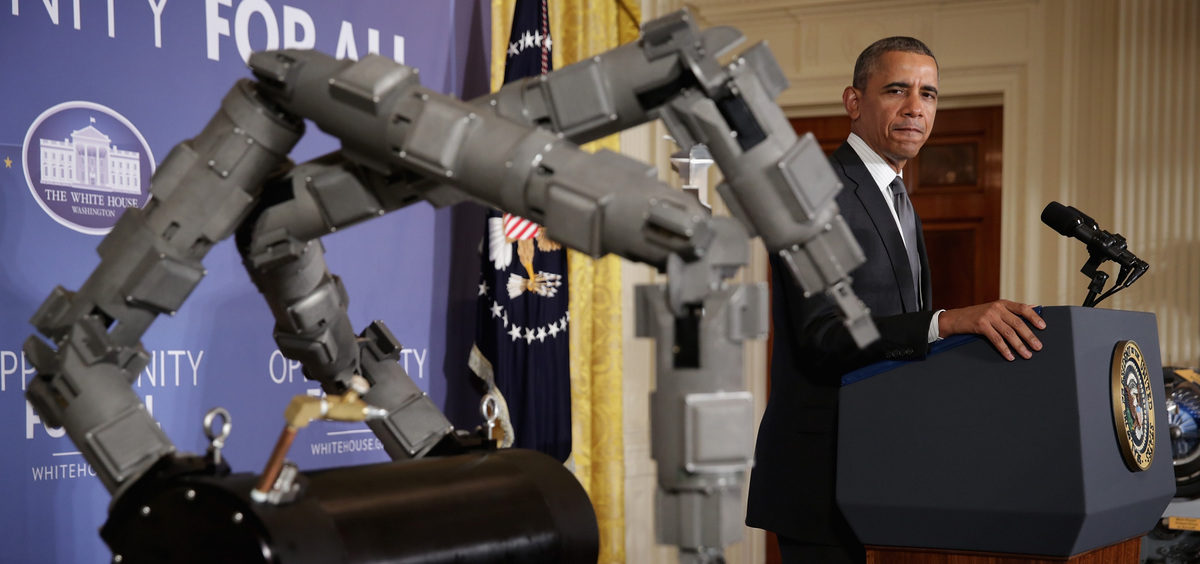


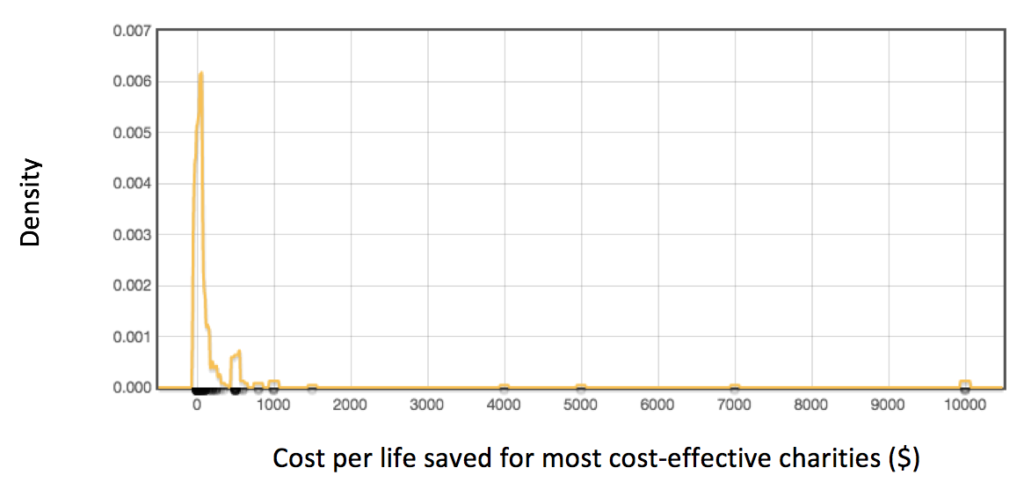
 How much should you believe the numbers in figures like this?
How much should you believe the numbers in figures like this?


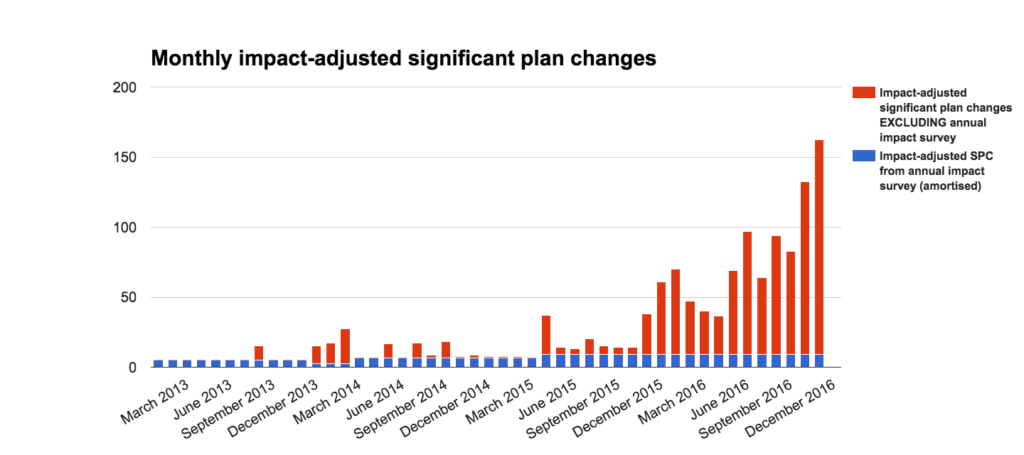
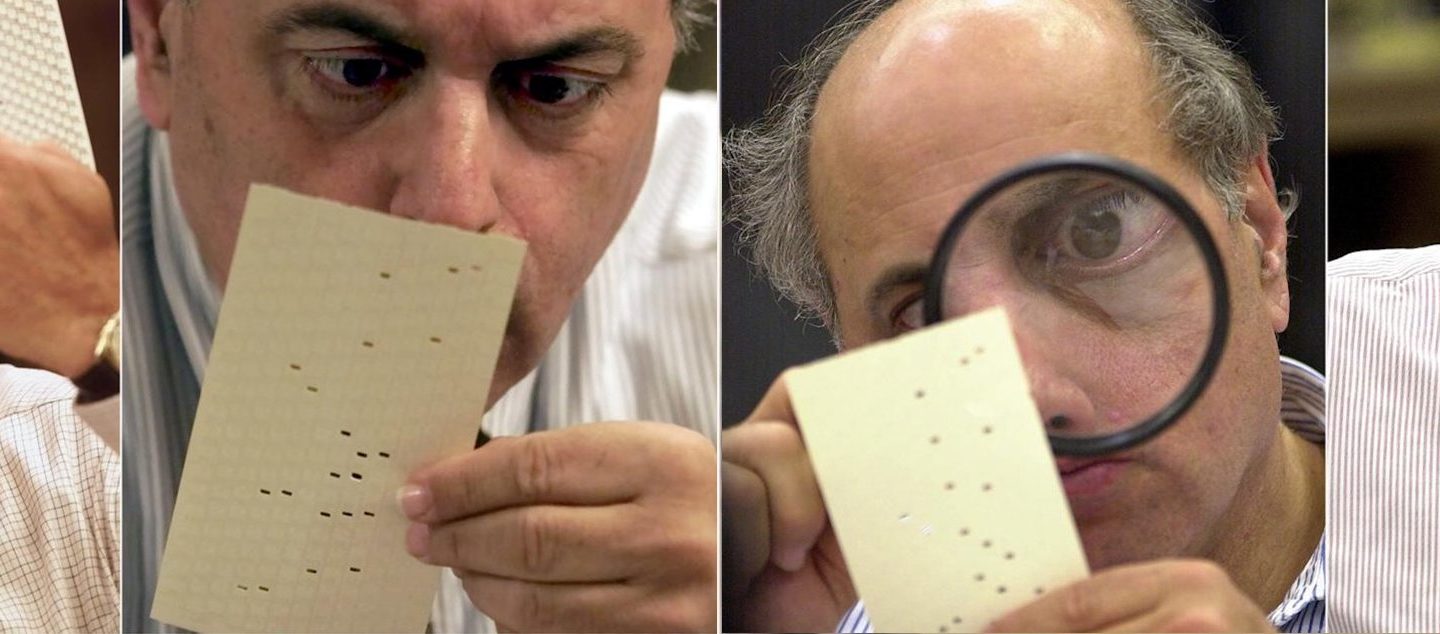



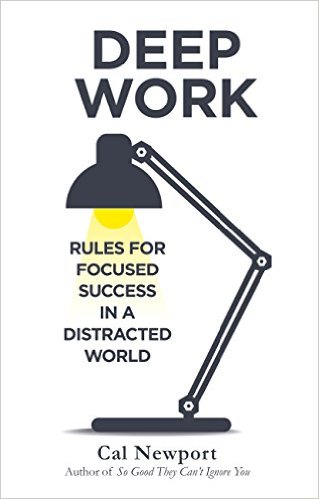 In the land of the blind, the one-eyed man is king – or so the saying goes. In his new book, Deep Work, Cal Newport argues that when it comes to deep concentration, we have become the land of the blind.
In the land of the blind, the one-eyed man is king – or so the saying goes. In his new book, Deep Work, Cal Newport argues that when it comes to deep concentration, we have become the land of the blind.